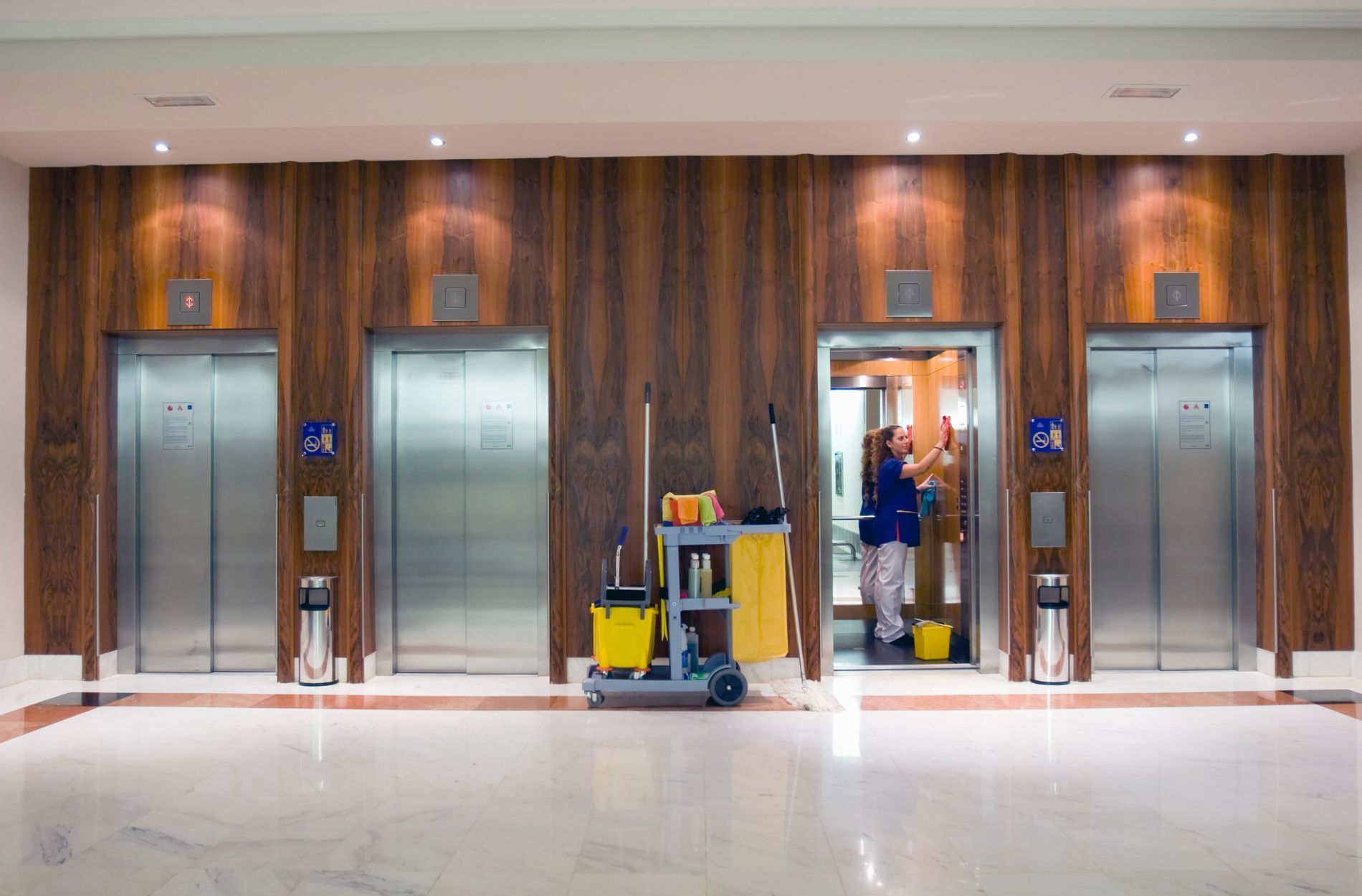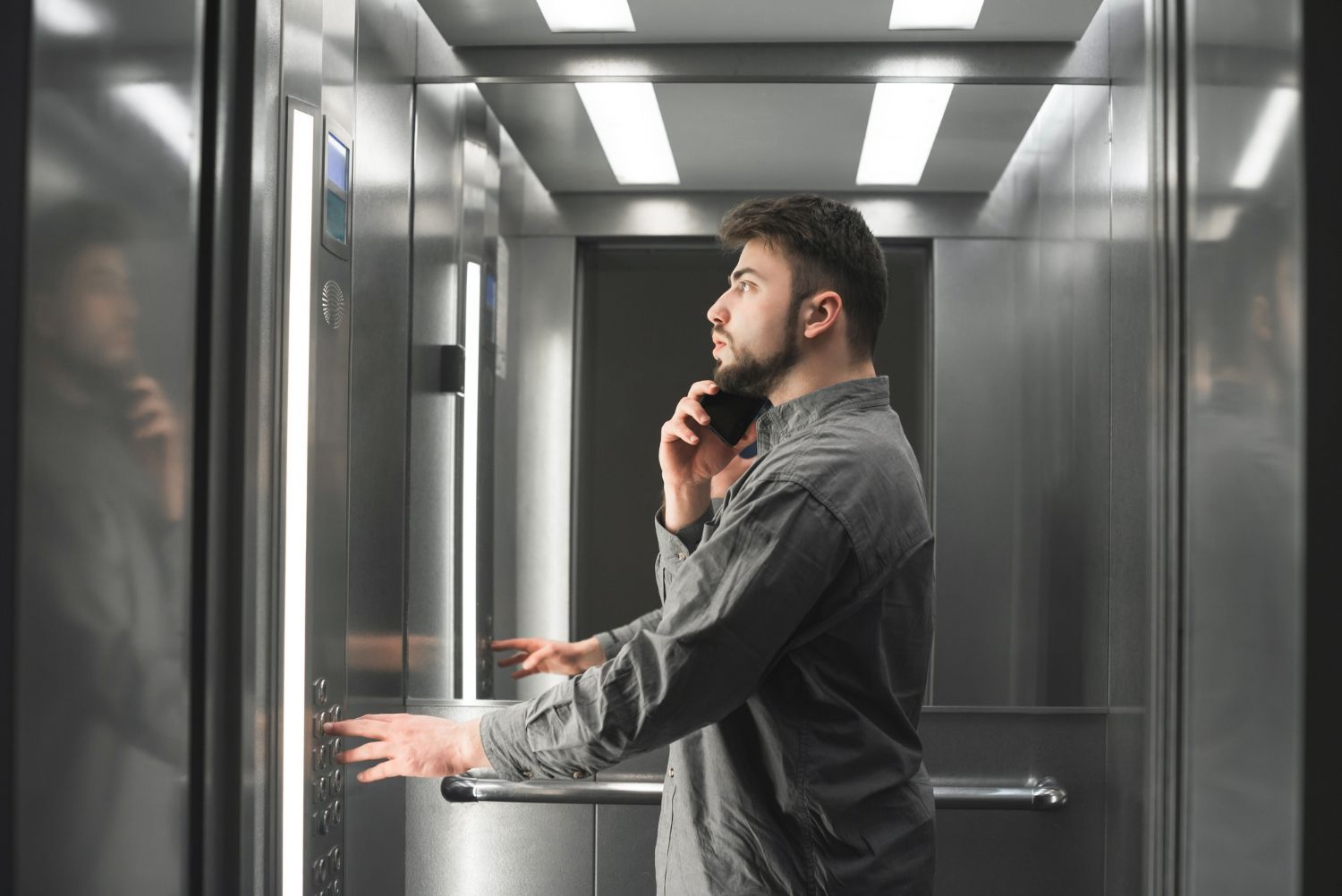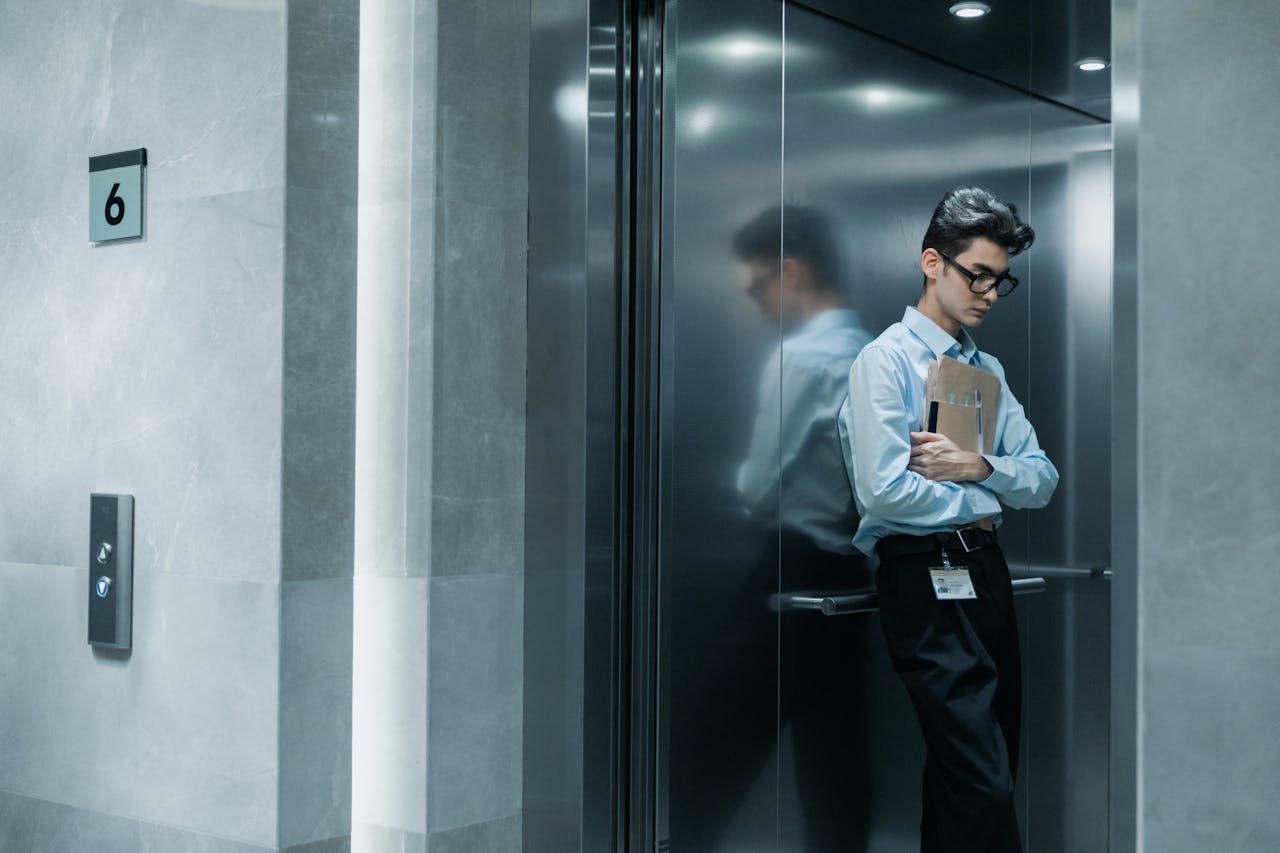Elevator Maintenance Best Practices: How to Keep Your Elevators Running Smoothly and Safely
Elevator maintenance is a crucial aspect of building management. Ensuring that your elevators run smoothly and safely is not only vital for your tenants' or visitors' comfort and satisfaction, but it's also a critical component of adhering to safety regulations and extending the life of your elevator equipment. As a building owner or facility manager, it's your responsibility to understand and implement best practices for elevator maintenance so that your elevators continue to perform optimally for years to come.
Regular elevator maintenance can help prevent breakdowns, reduce downtime, and save on costly repairs while ensuring the safety of all passengers. In this article, we'll explore various aspects of elevator maintenance, such as creating a consistent maintenance schedule, working with reputable service providers, and understanding the warning signs of potential elevator issues. By following these best practices for elevator maintenance, you can effectively mitigate the risks associated with elevator malfunctions, increase the lifespan of your elevator equipment, and ultimately enhance the experience of your building's occupants.
Developing a Comprehensive Elevator Maintenance Plan
1. Establish a Consistent Maintenance Schedule
A regular and consistent maintenance schedule is the cornerstone of effective elevator maintenance. This schedule should include routine checks, preventive maintenance, and thorough inspections as required by code and manufacturer recommendations. By adhering to a consistent maintenance schedule, you can identify and resolve potential issues before they develop into costly and time-consuming repairs or safety hazards.
2. Select a Reputable Maintenance Service Provider
Choosing a trusted, knowledgeable, and experienced elevator maintenance provider is essential for your elevator's upkeep. Your maintenance partner should be well-versed in the latest industry standards, equipment, and safety regulations, ensuring that your elevators remain in compliance and operate smoothly. Take the time to research and evaluate potential providers to ensure they meet your needs and can support your building's unique requirements.
3. Understand the Scope of Maintenance Services
A comprehensive maintenance plan should cover all aspects of your elevator system, including mechanical, electrical, and aesthetic components. This encompasses basic tasks, such as lubricating gears, adjusting doors, and cleaning components, as well as more complex tasks, such as checking for code compliance, replacing worn parts, and addressing safety concerns. Ensure that your maintenance plan covers all necessary tasks to prevent neglect of any critical components.
4. Adhere to Safety Regulations and Inspections
Keeping your elevators in compliance with safety codes and regulations is non-negotiable. Work with your service provider to schedule mandatory code inspections and implement any necessary updates or modifications. This not only ensures the safety of your elevators and passengers but also helps avoid potential fines and legal liabilities.
Recognizing the Warning Signs of Elevator Issues
1. Unusual Noises and Vibrations
When an elevator produces strange sounds, such as squeaks, clanks, or groans, or exhibits excessive vibrations, it may indicate a potential issue with the elevator's machinery or components. Addressing these issues early can prevent damage to the elevator and costly repairs.
2. Frequent Breakdowns or Malfunctions
Constant elevator breakdowns or recurring malfunctions are a clear indication that there may be an underlying issue with your elevator system. Contact your maintenance provider to diagnose the problem and implement repairs or upgrades as needed to ensure the ongoing reliability of your elevator.
3. Slow or Inconsistent Performance
If your elevators are taking longer to arrive, have uneven floor leveling, or exhibit inconsistent speeds, these issues may be indicative of a problem with the elevator control system or mechanical components. Don't overlook these concerns, as they can lead to safety concerns and a diminished user experience.
4. Outdated Equipment
Over time, elevator technologies evolve, and outdated equipment can become less efficient and more prone to breakdowns. Regularly assess your elevators' equipment and, when necessary, plan for upgrades or modernization to ensure optimal performance and safety.
Conclusion
A proactive approach to elevator maintenance is key to keeping your elevators running smoothly and safely. Develop a comprehensive maintenance plan, work with a reliable service provider, and understand the warning signs of potential elevator issues. By implementing these best practices for elevator maintenance, you can effectively prevent costly breakdowns and repairs, ensure passenger safety, and maximize the lifespan of your elevator equipment. Remember, a well-maintained elevator system is the backbone of a successful and thriving building, and it’s in your best interest to invest in maintaining it.
Partner with Elevator Solutions Inc. in Kentucky and Indiana for top-notch
elevator maintenance services that guarantee the best performance, safety, and longevity for your building's vertical transportation systems. Contact us today to learn more about our services!



